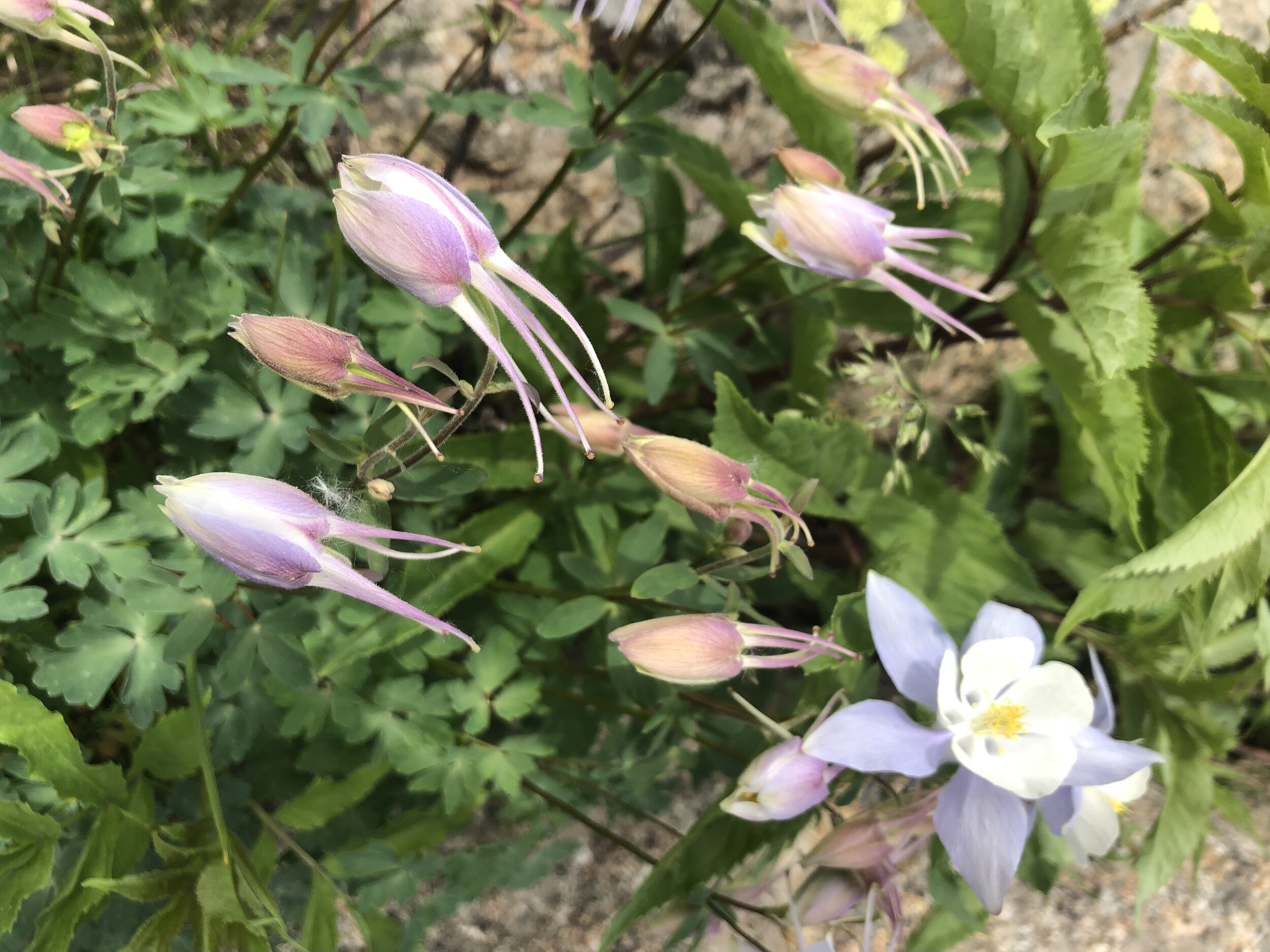Solidago simplex, June 22, 2021
Common & scientific name
Sticky goldenrod, Solidago simplex
Family
Sunflower, Asteraceae
Location
Roadside, 9,200’
Fun, weird, helpful, or little known fact
The only sure-fire method of distinguishing this from the other look-a-like goldenrod on the Pass, Solidago multiradiata, is to look at the petioles (the leaf stems) to see if they are ciliate-margined (have hairs sticking straight out on their edges): this plant does not. Below is its alpine variation, S. simplex var. nana.
Solidago simplex var. nana, Linkins Lake Trail, 12,000’, July 21, 2021










































